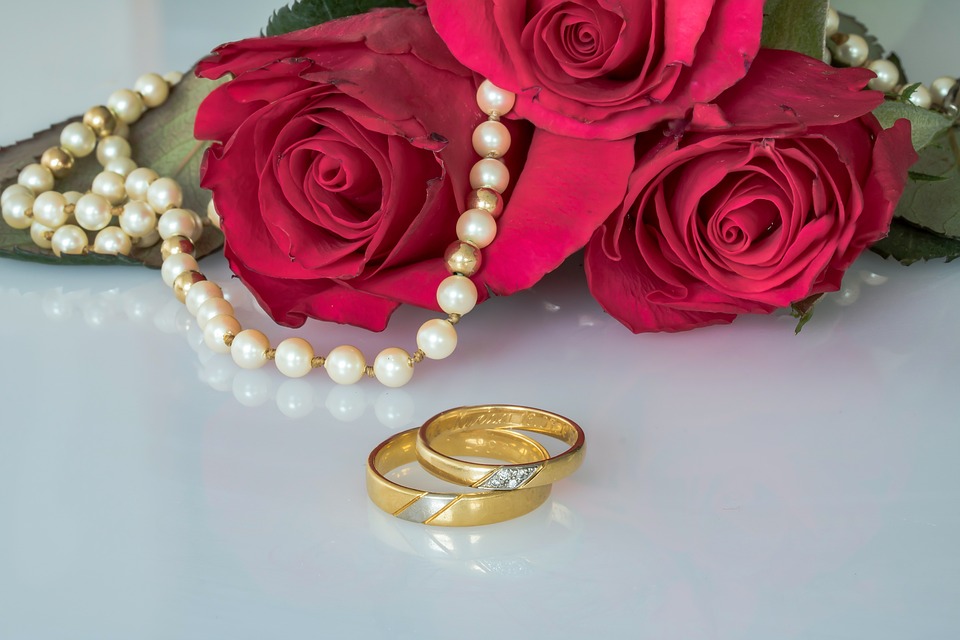Moissanite is a popular alternative to diamonds, known for its brilliance and affordability. However, with its increasing popularity, it has become important to know how to spot genuine moissanite diamonds. In this article, we will provide you with simple tips to help you differentiate between real and fake moissanite diamonds.
Understanding Moissanite
Before we delve into the identification process, let’s have a brief understanding of what moissanite is. Moissanite is a naturally occurring mineral, discovered by French scientist Henri Moissan in 1893. It is composed of silicon carbide and possesses similar optical properties to diamonds, making it an excellent diamond substitute.
Testing for Moissanite
One of the simplest ways to identify moissanite is by conducting a thermal conductivity test. Moissanite has a very high thermal conductivity, unlike most other gemstones. To perform this test, you can use a diamond tester or a thermal conductivity tester specifically designed for moissanite. Applying heat to the stone and observing its response can help you determine whether it is genuine moissanite or not.
Another effective way to identify moissanite is through its brilliance and fire. Moissanite exhibits a higher brilliance and fire than diamonds, meaning it reflects more light and produces more colorful flashes. By comparing the brilliance of a suspected moissanite with that of a diamond, you can easily spot the difference.
Using a loupe or a magnifying glass, examine the stone for any imperfections. Moissanite is known for its clarity, and you will typically find minimal to no visible flaws. If you notice any inclusions or blemishes, it is likely not genuine moissanite.
Moissanite vs. Diamond
When it comes to distinguishing moissanite from diamonds, there are a few key differences to look out for. Moissanite has a higher refractive index than diamonds, meaning it bends and reflects light differently. As a result, you may notice a double refraction effect or a “rainbow effect” in moissanite stones, especially under certain lighting conditions.
Additionally, moissanite tends to show more color than diamonds. While diamonds are graded on the color scale, with D being the most colorless, moissanite can exhibit a slight yellow or greenish tint. Keep this in mind when comparing stones.
Reliable Sources
It is important to note that these identification methods are not foolproof, and some professional gemologists may be needed for a definitive answer. Moreover, it is always recommended to purchase moissanite from reputable and trusted sources. Look for certifications or guarantees that ensure the authenticity of the stone.
In conclusion, being able to identify genuine moissanite diamonds is a valuable skill, especially considering their popularity in the market. By conducting thermal conductivity tests, examining brilliance and fire, and understanding the differences between moissanite and diamonds, you can make an informed decision when purchasing moissanite jewelry. Remember to rely on reliable sources and seek professional advice if needed. Happy spotting!

